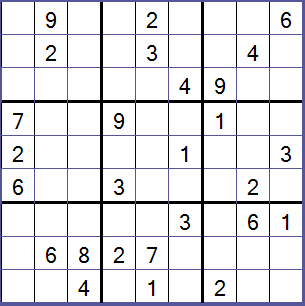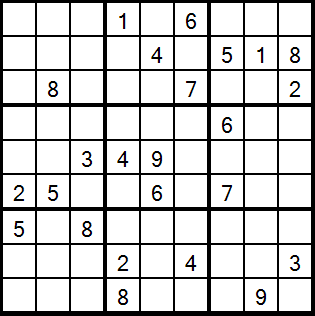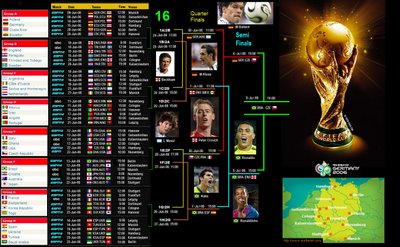Friday, August 08, 2008
Tuesday, August 05, 2008
Birds Nest - Review - New York Times
 Architecture Review
Architecture ReviewOlympic Stadium With a Design to Remember
Given the astounding expectations piled upon the National Stadium, I’m surprised it hasn’t collapsed under the strain.
More than 90,000 spectators will stream through its gates on Friday for the opening ceremony of the Olympic Games; billions are expected to watch the fireworks on television. At the center of it all is this dazzling stadium, which is said to embody everything from China’s muscle-flexing nationalism to a newfound cultural sophistication.
Expect to be overwhelmed. Designed by the Swiss architects Jacques Herzog and Pierre de Meuron, the stadium lives up to its aspiration as a global landmark. Its elliptical latticework shell, which has earned it the nickname the Bird’s Nest, has an intoxicating beauty that lingers in the imagination. Its allure is only likely to deepen once the enormous crowds disperse and the Olympic Games fade into memory.
The Beijing National Stadium (simplified Chinese: 北京国家体育场; traditional Chinese: 北京國家體育場; pinyin: Běijīng Guójiā Tǐyùchǎng), also known as the National Stadium (国家体育场),[1] or colloquially as the "Bird's Nest" (鸟巢) for its architecture, is a stadium in the Olympic Green in Beijing, China that was completed in March 2008.[2] The stadium is hosting the main track and field competitions for the 2008 Summer Olympics, as well as the opening and closing ceremonies. It is located east of the Beijing National Aquatics Center. The Stadium now holds the Olympic Flame cauldron, which is shaped as a conical scroll. The cauldron was placed on the top during the opening ceremony, so that it could then be lit at the end of the ceremony. The flame will now burn there until the end of the 2008 games.read more in Wikipedia
Saturday, February 02, 2008
Saturday, September 15, 2007
Thursday, February 15, 2007
Monday, January 15, 2007
Saturday, August 05, 2006
World Puzzle Federation
 The World Puzzle Federation is an international organization dedicated to puzzles. It follows the Olympic standard, and brings together puzzlers from around the world for the annual World Puzzle Championship. The 15th World Puzzle Championship will take place October 7 - 12 (2006) in Borovets, Bulgaria
The World Puzzle Federation is an international organization dedicated to puzzles. It follows the Olympic standard, and brings together puzzlers from around the world for the annual World Puzzle Championship. The 15th World Puzzle Championship will take place October 7 - 12 (2006) in Borovets, Bulgaria http://www.worldpuzzle.org/
Sodoku Puzzles
 The Sodoku puzzle is a logic game using numbers 1-9. It came to western world an year ago (2005). Read the history of this game in wikipedia.org.
The Sodoku puzzle is a logic game using numbers 1-9. It came to western world an year ago (2005). Read the history of this game in wikipedia.org.The Rule
Every Column, Row and 3x3 box contains digits 1-9. No duplicates and no missing numbers.
Tips
Use logic and reasoning instead of guessing a number. Here is a step by step tutorial from soduko.org
Some tough ones to crack.
The Know the Game
1. The Times Online - History http://www.timesonline.co.uk/article/0,,2-2208881.html
2. Mathematics behind the game - http://www.phil.uu.nl/~oostrom/cki20/02-03/japansepuzzles/ASP.pdf
3. BBC News - Puzzling Popularity of Sodoku - http://news.bbc.co.uk/2/hi/uk_news/magazine/4469719.stm
4. The Guardian - So you thought Sodoku came from the land of rising sun ... http://observer.guardian.co.uk/uk_news/story/0,6903,1484328,00.html
5. Sourceforge.Net - Open Source Sodoku Java Game http://playsudoku.sourceforge.net/
2. http://www.daily-sudoku.com/soduko.php
3. http://www.soduko-soduko.org/index.php
4. http://www.codestore.net/store.nsf/unid/BLOG-20050608
6. http://onigame.livejournal.com/20626.html
7. Windows Sodoku Games - http://www.sadmansoftware.com/sudoku/index.html
8. 2DPlay.Com - Sodoku Online Game - http://www.2dplay.com/sudoku-original/sudoku-original-play.htm








